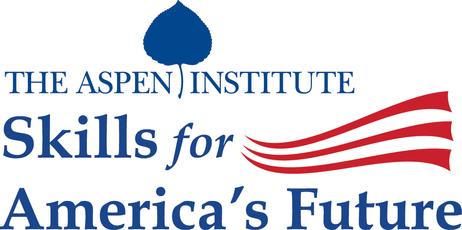The Obama Administration has focused heavilyon community colleges and college completion rates over the past three years, raising awareness about the importance of education in improving the country’s unemployment rate. However, some have criticized the President for placing too much emphasis on education and not enough on actual job development. In addition to the Skills for America's Future program initiated in 2011, President and Education Secretary Arne Duncan unveiled their latest plan to transform vocational education nationwide.
Making a Solid Investment
The latest initiative by the White House is titled “Investing in America’s Future: A Blueprint for Transforming Career and Technical Education.” The program was designed as an outline for revamping the current Perkins Act of 2006, initially created to provide funding for vocational training at the secondary and postsecondary levels. According to the U.S. Department of Education website, the Perkins Act primarily distributes funding through state grants, which State Boards for Vocational Education are encouraged and eligible to apply.
While the Perkins Act has been significant in developing vocational training across America, the current administration believes it could go further in helping Americans train for the industries that have the highest need for skilled workers today. At a time when unemployment rates are still high, a restructuring of the Perkins Act could make vocational training more widely available both to displaced workers and high school graduates who cannot afford the hefty tuition rates at a four-year institution.
Duncan reported in the Huffington Post: “The Perkins Program must be transformed if it is to live up to its potential to prepare every youth and adult to participate in the knowledge-based global marketplace of the 21st century.”
A Blueprint for Success
The latest proposal by the White House would increase the amount allotted for Perkins grants. A $1 billion competitive fund would provide for 3,000 more career academies nationwide, allowing 500,000 more students to receive vocational training in a specific industry. Youth Today reports that the proposal could also provide incentives to “secondary schools, institutions of higher education, employers and industry partners to work together to ensure that all CTE (career and technical education) programs offer students high-quality learning opportunities.”
According to the U.S. Department of Education website, the new initiative would encompass four critical factors for success:
- Alignment—Effective alignment between the academic and professional worlds will be imperative to ensure that vocational training students receive skills they can actually use once their education is complete.
- Collaboration – The new initiative is designed to work as a partnership between schools, employers, and industry partners.
- Accountability – The program will include measurable tracking for student outcomes using standard metrics and measures of performance.
- Innovation – The new initiative will emphasize innovation in the training spectrum, supported by systemic reforms of policies and practices at the state level.
These four factors are essential to the success of investing in America’s future, but some wonder if accessibility should not have been included in that list.
Concerns about the Initiative
While most educators and professionals agree that investing in America’s Future sounds good in theory, there are concerns about whether this program would go far enough to ensure access for all students to vocational training programs. In the Sacramento Bee, the Association for Career and Technical Education writes, “We worry that the details in the Blueprint could hurt CTE programs and result in decreased, inequitable student access to high-quality CTE programs.”
The Association goes on to state, “We believe that a new CTE law should provide sufficient resources to ensure that all students have access to high-quality CTE, beginning early in a student’s education with career awareness and broad knowledge and building pathways to more specific career-readiness skills through connections among secondary education, postsecondary education, and the labor market.”
Despite concerns, the Association also states in the Sacramento Bee that they favor transforming the Perkins Act and appreciate the four critical factors for success that the administration has laid out thus far. The Association's final statement says, “We are eager to work with the Department of Education, the Obama Administration, and Congress to develop federal policy that builds on strengths, expands opportunities and access for more students to be successful in college and careers.”
Focusing on “High-Growth” Jobs
Proposed revisions to the Perkins Act through this Blueprint would allow each state to single out “high-growth” jobs in that area and focus vocational training in those fields. Instead of allocating funding directly to school districts and postsecondary institutions, the Blueprint would fund collaborations between businesses, districts, and individual schools. The new initiative would also make funding more competitive, so programs would be held accountable at a higher standard.
“What drives me crazy every day is that…we have at least 2 million high-skill, high-wage jobs that we can’t fill,” Duncan told the Huffington Post. We don’t have a jobs crisis; we have a skills crisis.”
Although the White House has clearly outlined this new initiative on the U.S. Department of Education website, the bill has yet to be formally introduced to Congress. Numerous democratic legislators have supported the program, but no one has come forward to sponsor the reform bill. The White House also has yet to put this proposal into the form of a formal bill to present to Congress, leaving some wondering if the proposal is merely an election-year ploy or a severe initiative that will be pushed through Congress in the future.
Questions? Contact us on Facebook. @communitycollegereview














